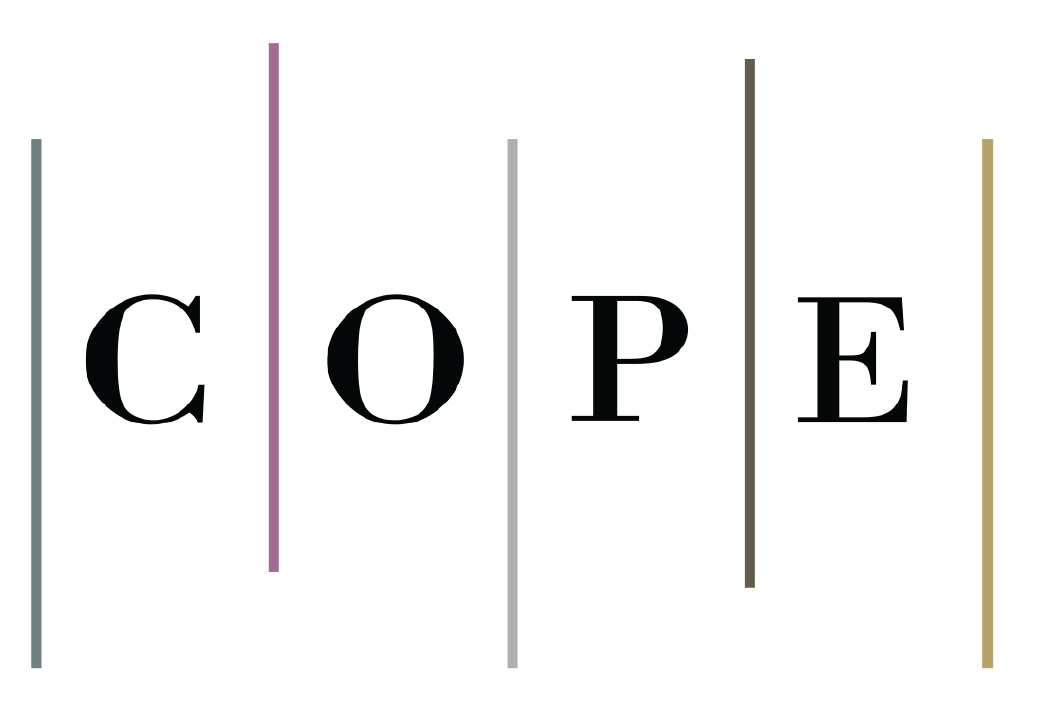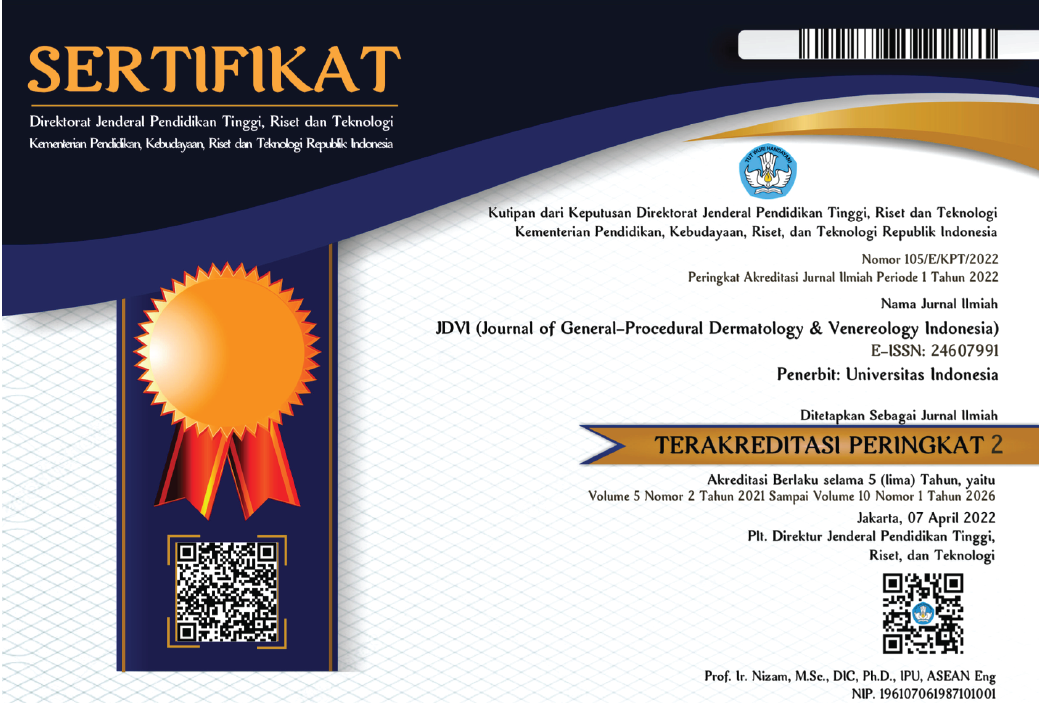Abstract
Background: Condyloma acuminata (CA) is a sexually transmitted infection (STI) caused by human papillomavirus (HPV), especially types 6 and 11. The number of HPV infections increases in immunosuppressed conditions, such as human immunodeficiency virus (HIV) infection. Risk factors in CA patients such as gender, sexual partner, sexual orientation, and sexual intercourse can increase HIV status.
Methods: This is a descriptive-analytic study with a cohort retrospective design. The subjects are all CA patients who visited the polyclinic STI Dr. Mohammad Hoesin, General Hospital, Palembang, Indonesia, between 2016-2020. The number of CA patients included in the study were 115 patients aged 14 to 71 years old. Chi-square and multivariate logistic regression were used to analyze the independent variables.
Results: The total number of HIV-positive CA patients was 31 (26.8%) out of 115. There were more males than females, and the mean age was 29±9.90, with a range of 14-71 years old. The most common location was the genital (58.3%). Gender, marital status, number of partners, sexual orientation, sexual intercourse, location, and type of lesions had p
Conclusion: Risk factors for HIV in CA patients are age, marital status, sexual partner, sexual orientation, and location of lesions. CA patients who were MSM had a 22-fold higher risk for HIV-positive status.
Recommended Citation
Purwoko, Izazi Hari; Karim, Putri Laksmi; Nugroho, Suroso Adi; Toruan, Theresia; and ., Fitriani
(2022)
"Risk Factors for HIV-positive Status In Condyloma Acuminata,"
Journal of General - Procedural Dermatology and Venereology Indonesia: Vol. 6:
Iss.
2, Article 5.
DOI: 10.7454/jdvi.v6i2.1004
Available at:
https://scholarhub.ui.ac.id/jdvi/vol6/iss2/5
Included in
Dermatology Commons, Integumentary System Commons, Skin and Connective Tissue Diseases Commons






























